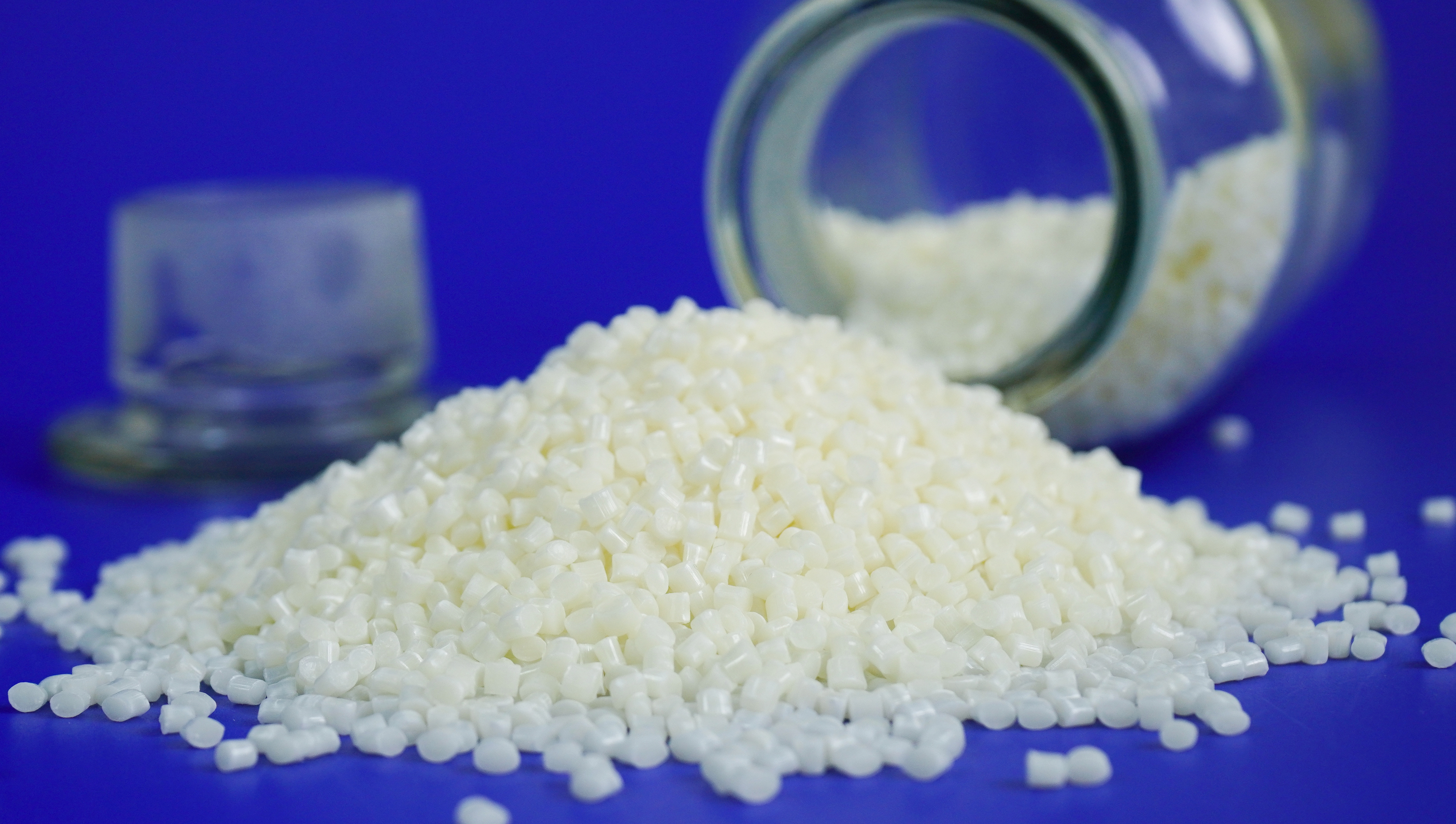Εισαγωγή
Η παγκόσμια αγορά πλαστικού ABS (ακρυλονιτριλίου βουταδιενίου στυρενίου) αναμένεται να σημειώσει σταθερή ανάπτυξη το 2025, λόγω της αυξανόμενης ζήτησης από βασικούς κλάδους όπως η αυτοκινητοβιομηχανία, τα ηλεκτρονικά είδη και τα καταναλωτικά αγαθά. Ως ένα ευέλικτο και οικονομικά αποδοτικό πλαστικό μηχανικής, το ABS παραμένει ένα κρίσιμο εξαγώγιμο προϊόν για τις μεγάλες χώρες παραγωγής. Αυτό το άρθρο αναλύει τις προβλεπόμενες τάσεις των εξαγωγών, τους βασικούς παράγοντες της αγοράς, τις προκλήσεις και την περιφερειακή δυναμική που διαμορφώνουν το εμπόριο πλαστικού ABS το 2025.
Βασικοί παράγοντες που επηρεάζουν τις εξαγωγές ABS το 2025
1. Αυξανόμενη ζήτηση από τους τομείς της αυτοκινητοβιομηχανίας και των ηλεκτρονικών
- Η αυτοκινητοβιομηχανία συνεχίζει να στρέφεται προς ελαφριά, ανθεκτικά υλικά για να βελτιώσει την απόδοση καυσίμου και να συμμορφωθεί με τους κανονισμούς εκπομπών ρύπων, ενισχύοντας τη ζήτηση για ABS για εσωτερικά και εξωτερικά εξαρτήματα.
- Ο τομέας των ηλεκτρονικών ειδών βασίζεται στο ABS για περιβλήματα, συνδετήρες και καταναλωτικές συσκευές, ιδίως στις αναδυόμενες αγορές όπου η κατασκευαστική βιομηχανία επεκτείνεται.
2. Περιφερειακοί Κόμβοι Παραγωγής και Εξαγωγών
- Ασία-Ειρηνικός (Κίνα, Νότια Κορέα, Ταϊβάν):Κυριαρχεί στην παραγωγή και τις εξαγωγές ABS, με την Κίνα να παραμένει ο μεγαλύτερος προμηθευτής λόγω της ισχυρής πετροχημικής υποδομής της.
- Ευρώπη & Βόρεια Αμερική:Ενώ αυτές οι περιοχές εισάγουν ABS, εξάγουν επίσης ABS υψηλής ποιότητας για εξειδικευμένες εφαρμογές, όπως ιατρικές συσκευές και ανταλλακτικά αυτοκινήτων υψηλής ποιότητας.
- Μέση Ανατολή:Αναδυόμενη ως βασικός εξαγωγέας λόγω της διαθεσιμότητας πρώτων υλών (αργό πετρέλαιο και φυσικό αέριο), υποστηρίζοντας την ανταγωνιστική τιμολόγηση.
3. Μεταβλητότητα τιμών πρώτων υλών
- Η παραγωγή ABS εξαρτάται από το στυρένιο, το ακρυλονιτρίλιο και το βουταδιένιο, οι τιμές των οποίων επηρεάζονται από τις διακυμάνσεις του αργού πετρελαίου. Το 2025, οι γεωπολιτικές εντάσεις και οι μεταβολές στην αγορά ενέργειας ενδέχεται να επηρεάσουν τις τιμές εξαγωγής ABS.
4. Βιωσιμότητα και Ρυθμιστικές Πιέσεις
- Οι αυστηρότεροι περιβαλλοντικοί κανονισμοί στην Ευρώπη (REACH, Σχέδιο Δράσης για την Κυκλική Οικονομία) και τη Βόρεια Αμερική ενδέχεται να επηρεάσουν το εμπόριο ABS, ωθώντας τους εξαγωγείς να υιοθετήσουν ανακυκλωμένο ABS (rABS) ή βιολογικές εναλλακτικές λύσεις.
- Ορισμένες χώρες ενδέχεται να επιβάλλουν δασμούς ή περιορισμούς στα μη ανακυκλώσιμα πλαστικά, επηρεάζοντας τις στρατηγικές εξαγωγών.
Προβλεπόμενες τάσεις εξαγωγών ABS ανά περιοχή (2025)
1. Ασία-Ειρηνικός: Κορυφαίος εξαγωγέας με ανταγωνιστικές τιμές
- Κίναπιθανότατα θα παραμείνει ο κορυφαίος εξαγωγέας ABS, υποστηριζόμενη από την τεράστια πετροχημική βιομηχανία της. Ωστόσο, οι εμπορικές πολιτικές (π.χ. δασμοί ΗΠΑ-Κίνας) θα μπορούσαν να επηρεάσουν τον όγκο των εξαγωγών.
- Νότια Κορέα και Ταϊβάνθα συνεχίσει να προμηθεύει ABS υψηλής ποιότητας, ιδιαίτερα για ηλεκτρονικά είδη και εφαρμογές στην αυτοκινητοβιομηχανία.
2. Ευρώπη: Σταθερές εισαγωγές με στροφή προς βιώσιμο ABS
- Οι Ευρωπαίοι κατασκευαστές θα απαιτούν ολοένα και περισσότερο ανακυκλωμένο ή βιολογικό ABS, δημιουργώντας ευκαιρίες για τους εξαγωγείς που υιοθετούν πιο οικολογικές μεθόδους παραγωγής.
- Οι παραδοσιακοί προμηθευτές (Ασία, Μέση Ανατολή) ενδέχεται να χρειαστεί να προσαρμόσουν τις συνθέσεις τους ώστε να πληρούν τα πρότυπα βιωσιμότητας της ΕΕ.
3. Βόρεια Αμερική: Σταθερή ζήτηση αλλά εστίαση στην τοπική παραγωγή
- Οι ΗΠΑ ενδέχεται να αυξήσουν την παραγωγή ABS λόγω των τάσεων επαναποθήκευσης, μειώνοντας την εξάρτηση από τις ασιατικές εισαγωγές. Ωστόσο, θα συνεχίσουν να εισάγονται ABS ειδικής ποιότητας.
- Η αναπτυσσόμενη αυτοκινητοβιομηχανία του Μεξικού θα μπορούσε να αυξήσει τη ζήτηση για ABS, ωφελώντας τους ασιάτες και περιφερειακούς προμηθευτές.
4. Μέση Ανατολή & Αφρική: Αναδυόμενοι Εξαγωγικοί Παίκτες
- Η Σαουδική Αραβία και τα ΗΑΕ επενδύουν σε επεκτάσεις στον τομέα των πετροχημικών, τοποθετώντας τους εαυτούς τους ως ανταγωνιστικοί από πλευράς κόστους εξαγωγείς ABS.
- Ο αναπτυσσόμενος μεταποιητικός τομέας της Αφρικής ενδέχεται να αυξήσει τις εισαγωγές ABS για καταναλωτικά αγαθά και συσκευασίες.
Προκλήσεις για τους εξαγωγείς ABS το 2025
- Εμπορικά εμπόδια:Πιθανοί δασμοί, δασμοί αντιντάμπινγκ και γεωπολιτικές εντάσεις θα μπορούσαν να διαταράξουν τις αλυσίδες εφοδιασμού.
- Ανταγωνισμός από Εναλλακτικές Πηγές:Τα πλαστικά μηχανικής όπως το πολυανθρακικό (PC) και το πολυπροπυλένιο (PP) ενδέχεται να ανταγωνίζονται σε ορισμένες εφαρμογές.
- Κόστος εφοδιαστικής:Η αύξηση των εξόδων μεταφοράς και οι διαταραχές στην αλυσίδα εφοδιασμού θα μπορούσαν να επηρεάσουν την κερδοφορία των εξαγωγών.
Σύναψη
Η αγορά εξαγωγών πλαστικού ABS το 2025 αναμένεται να παραμείνει ισχυρή, με την περιοχή Ασίας-Ειρηνικού να διατηρεί την κυριαρχία της, ενώ η Μέση Ανατολή αναδεικνύεται σε βασικό παράγοντα. Η ζήτηση από τους τομείς της αυτοκινητοβιομηχανίας, των ηλεκτρονικών ειδών και των καταναλωτικών αγαθών θα οδηγήσει το εμπόριο, αλλά οι εξαγωγείς πρέπει να προσαρμοστούν στις τάσεις βιωσιμότητας και στις διακυμάνσεις των τιμών των πρώτων υλών. Οι εταιρείες που επενδύουν σε ανακυκλωμένο ABS, αποτελεσματική εφοδιαστική και συμμόρφωση με τους διεθνείς κανονισμούς θα αποκτήσουν ανταγωνιστικό πλεονέκτημα στην παγκόσμια αγορά.

Ώρα δημοσίευσης: 08 Μαΐου 2025


